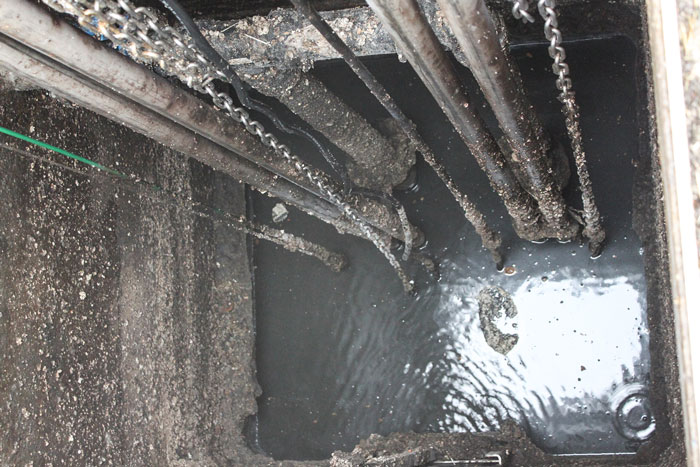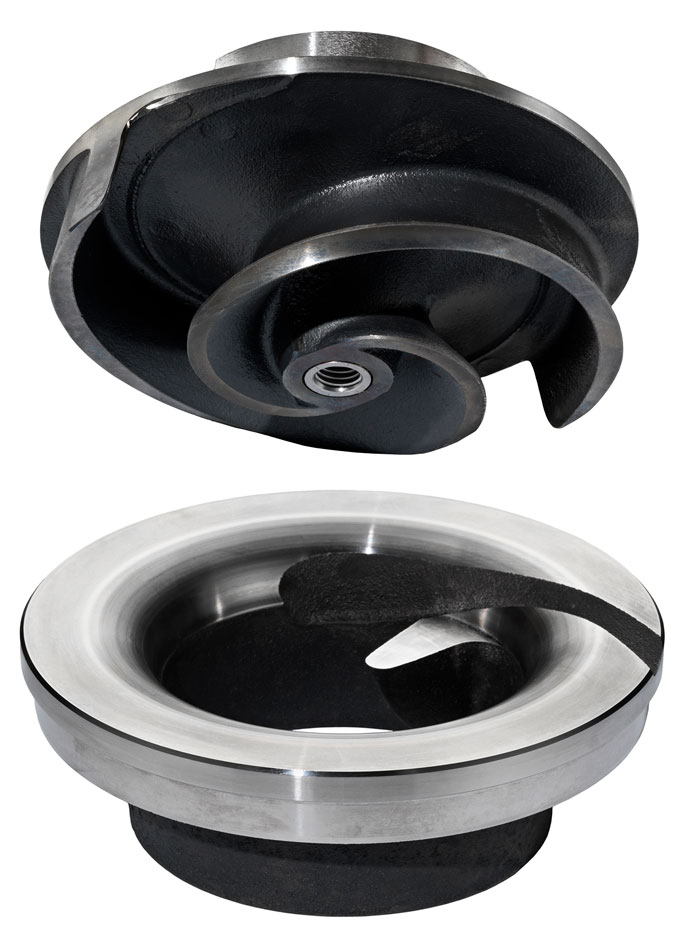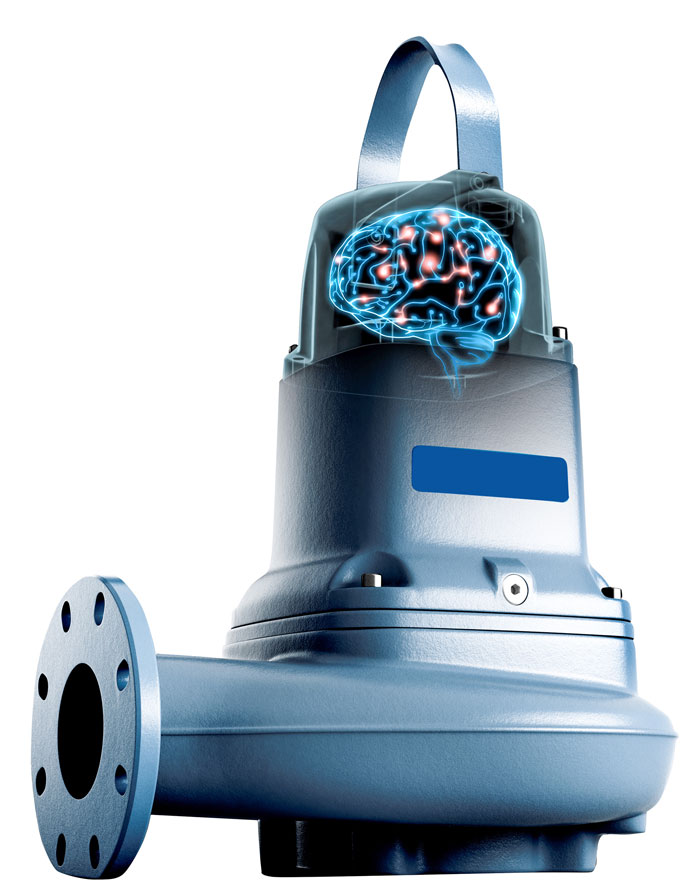Aging infrastructure, global urbanization, increasing energy costs and the need for sustainable solutions make cost reduction and reliability a priority in wastewater pumping. Small wastewater pumps can be given a new level of functionality and intelligence by integrating advanced software functions and state-of-the-art hardware into a conventional submersible design. Sensing the operating conditions, intelligent pumping systems make smart decisions and provide feedback to the operator.
Understanding Pain Points in Pumping Wastewater
Market survey responses indicate that many pump users are constantly looking to lower energy consumption and overall costs while achieving higher reliability and longer lifetime of the equipment..jpg) Image 1. Sump before trial (Images courtesy of Xylem Inc.)
Image 1. Sump before trial (Images courtesy of Xylem Inc.)Integrating Intelligence
An answer to these challenges is the creation of integrated intelligence in wastewater pumping. This is made possible by innovation and adaptation of components in a submersible wastewater pump: integrating electronics such as processor, software, sensors, synchronous electric motor and self-cleaning hydraulics inside a submersible shell. Image 2. Sump after trial
Image 2. Sump after trial- energy minimizer
- sump
- pipe cleaning functions
- other functions
Intelligent Pumping Systems
Among the intelligent pumping system’s hardware components we can highlight:- integrated control electronics
- new generation nonclog self-cleaning hydraulics
- IE4-rated motor efficiency.
 Image 3. Non-clog impeller
Image 3. Non-clog impeller Image 4. Intelligent wastewater pumping
Image 4. Intelligent wastewater pumping- precise process control
- reduced risk of clogging
- clean and odor-free pump sumps
- substantial reductions in energy consumption
- reduced asset management
- comprehensive data reporting
Case Study Results
Stony Brook, Suffolk County, New York
Problem: The Suffolk County Department of Public Works Stony Brook Pump Station receives an average 3 million gallons per day (mgd) of incoming flow and was facing ongoing interruptions to pumping operations as a result of “ragging”—buildup of fibrous materials that lead to frequent pump blockages.
Solution: The prototype intelligent pumping system was proposed as a potential solution and it was installed in August 2015.
Results: Before installing the system, it was necessary to lift the pump regularly (once every three months approximately) to remove fibrous materials caught in the impeller. Maintenance cost reduction with the prototype intelligent pumping system was about $1,500 for personnel and $2,500 in equipment costs for the year. The pump clogging was eliminated and the energy consumption was reduced about 20 to 30 percent.
Fond Du Lac, Wisconsin
Problem: The Fond du Lac Regional Wastewater Treatment Facility treats the city of Fond du Lac wastewater along with 18 neighboring entities. Of 17 pump lift stations, 11 are submersible, none of which use variable frequency drives. Overseeing the maintenance of these submersible stations as well as rising energy costs are two growing challenges for Fond du Lac wastewater treatment facility.
Solution: The prototype intelligent pumping system was installed in July 2015 in a duplex pump station replacing one of the old pumps as the lead pump.
Results: Estimated energy savings of 20 percent, because the new pump runs at 3.3 horsepower while the original ran at 4 hp. Also, expensive call-outs have been reduced as the pump has solved potential blockings, cleaning the sump looks and eliminating debris that could cause clogging.

